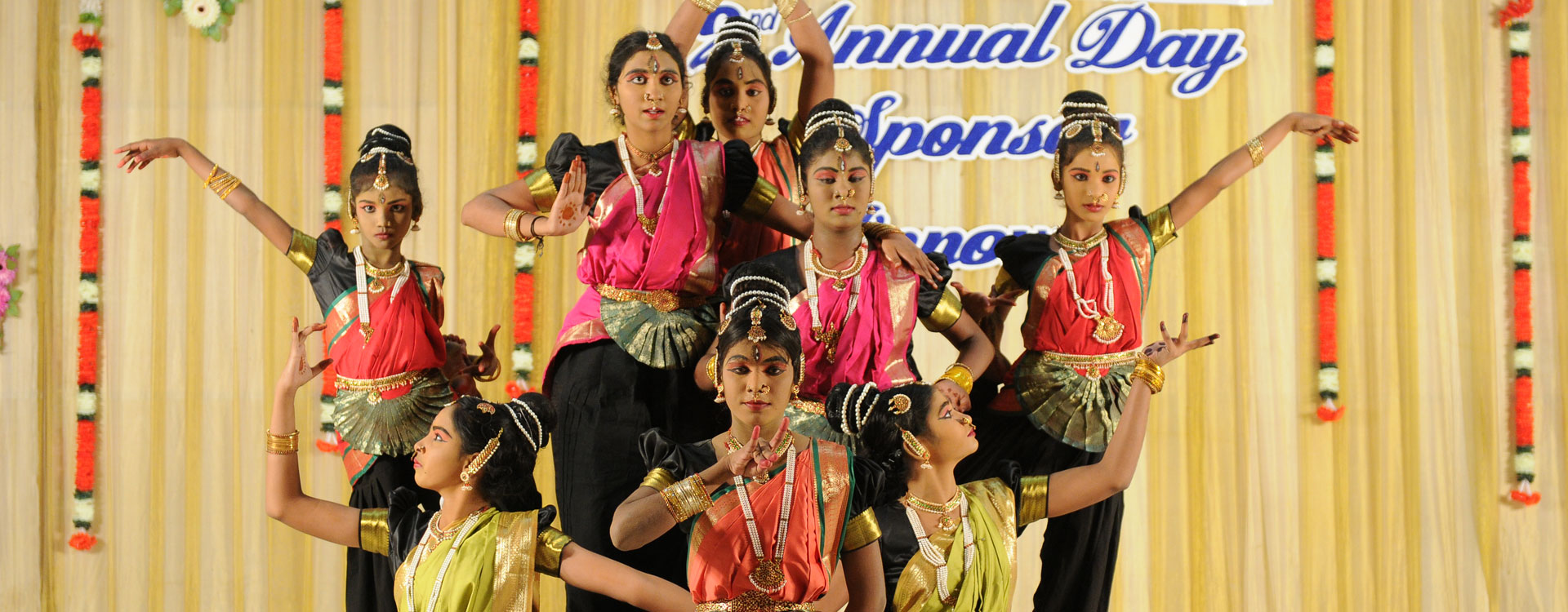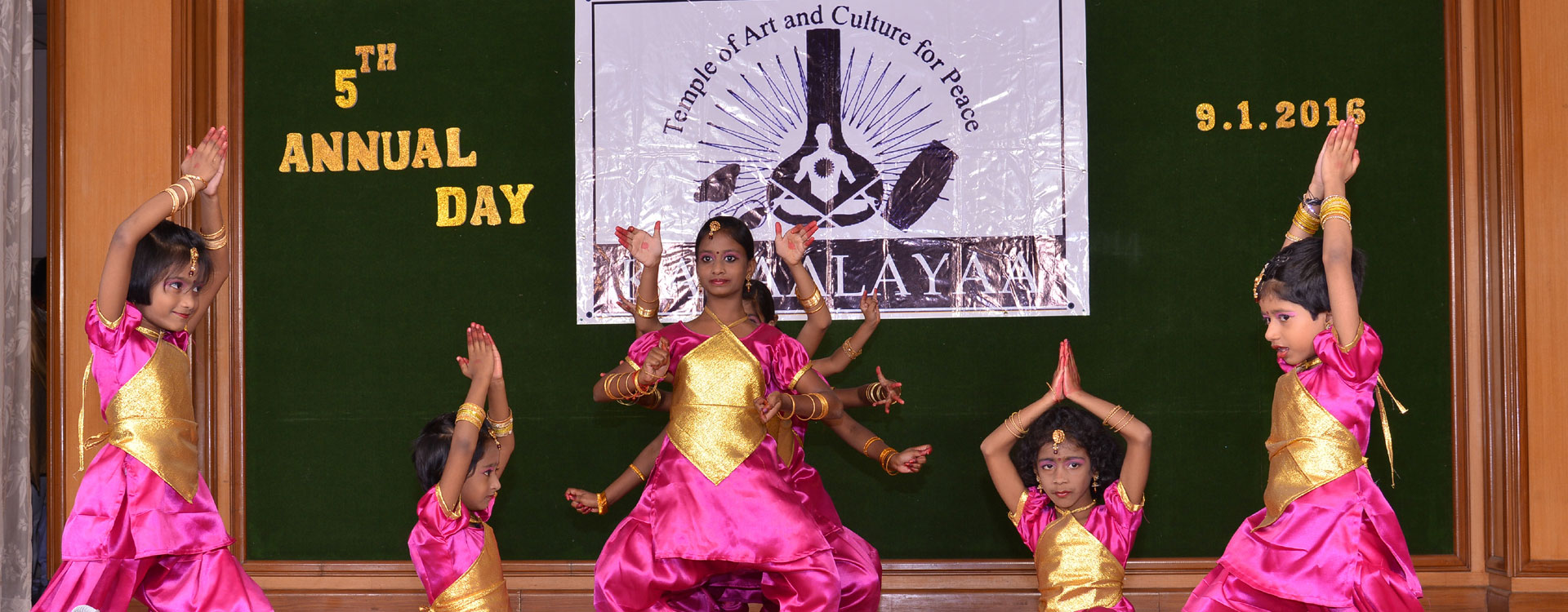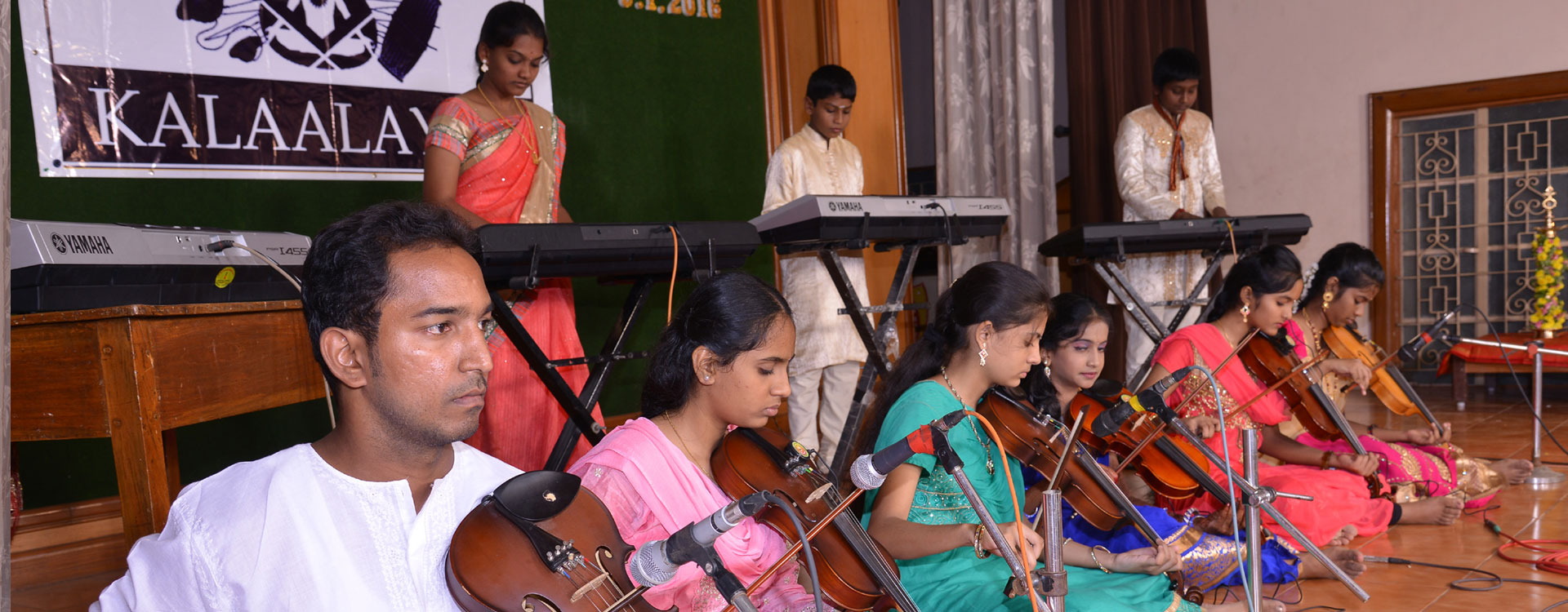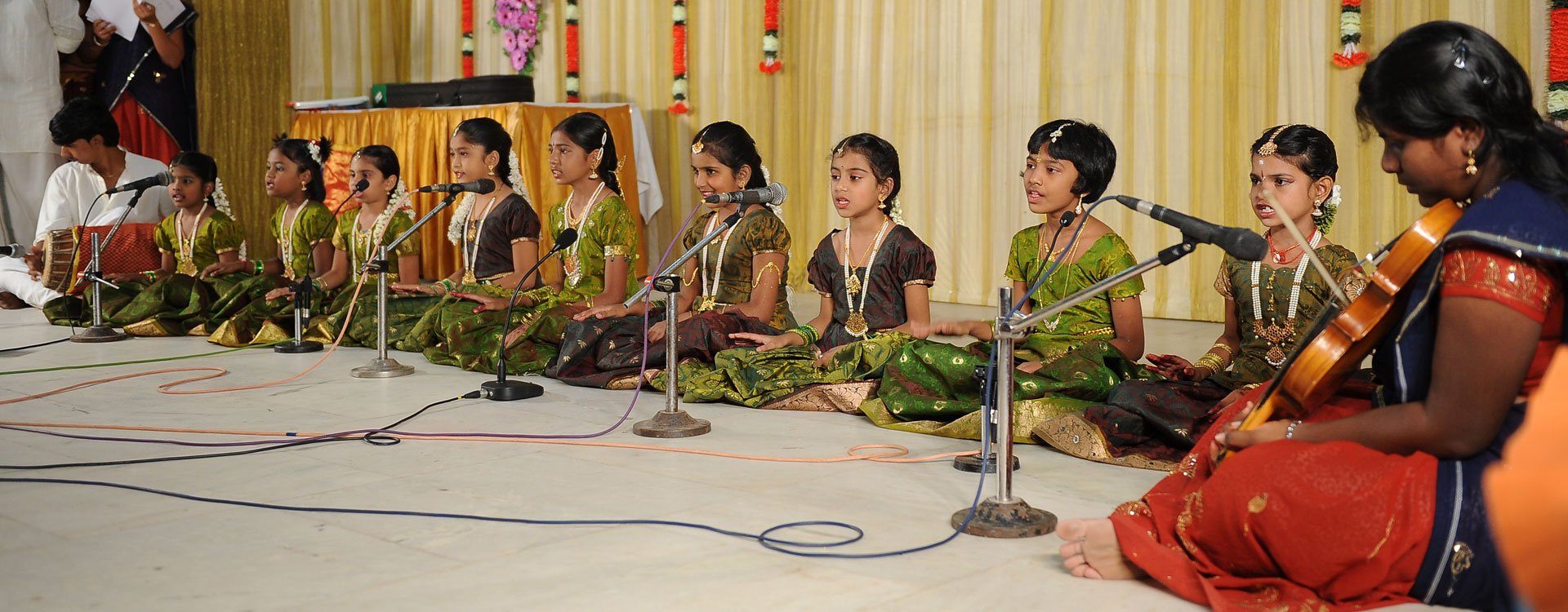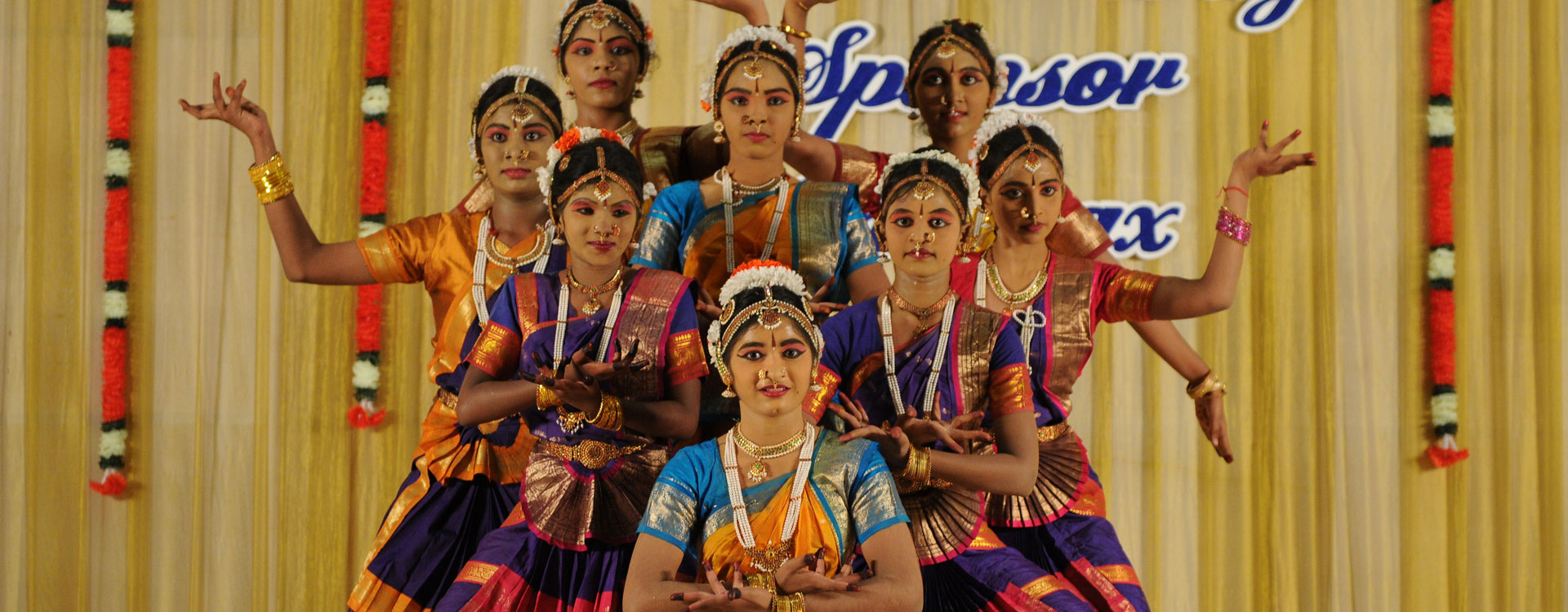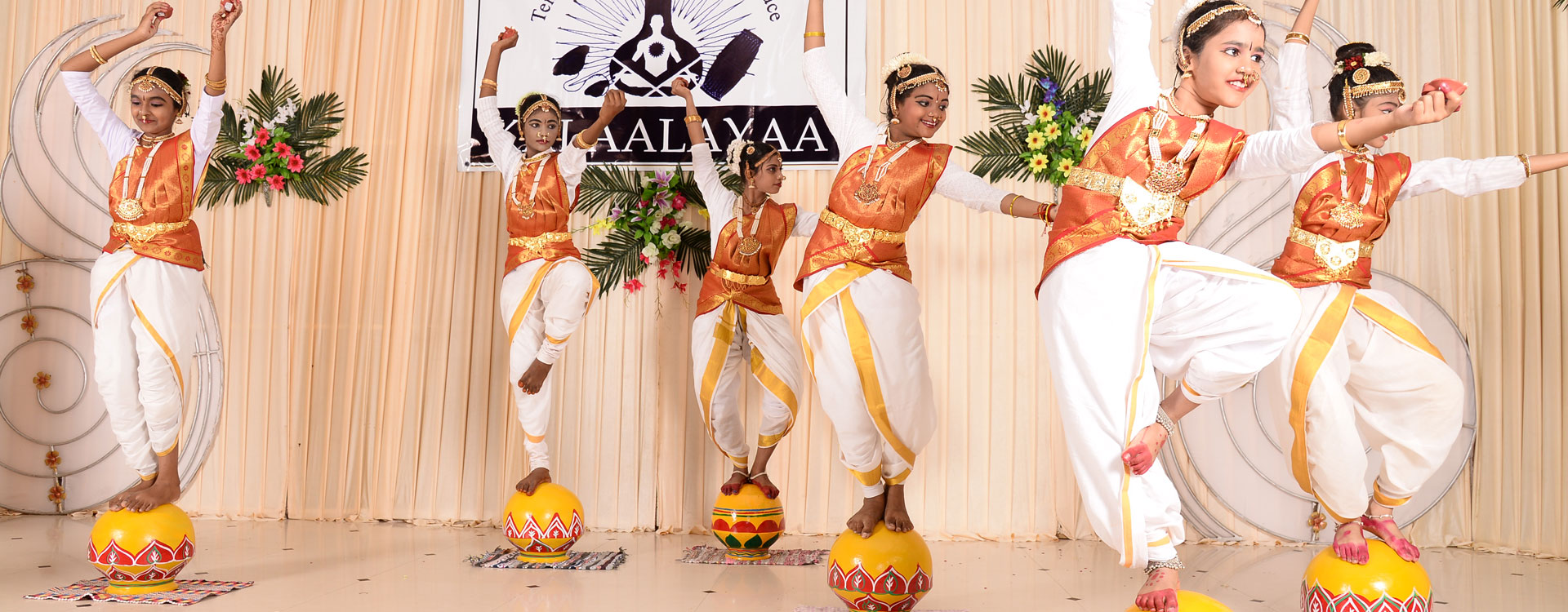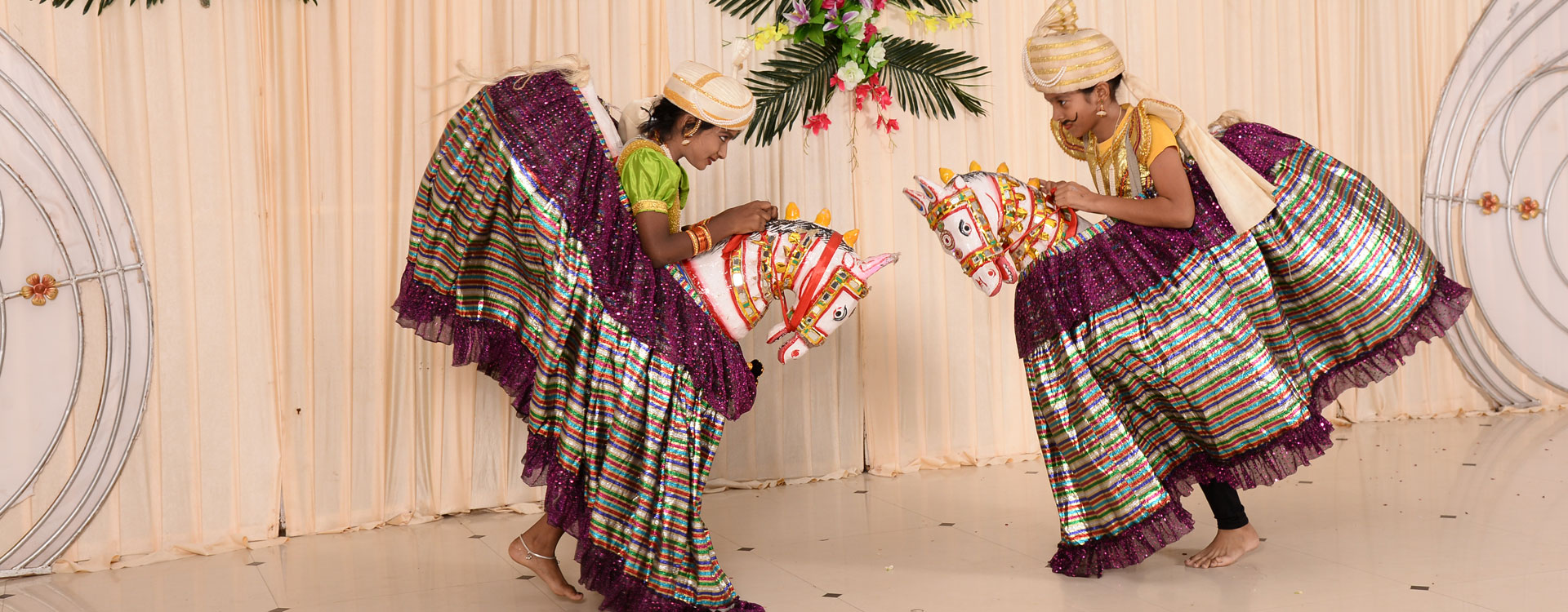MS Subbulakshmi: 100 years of a Carnatic legend
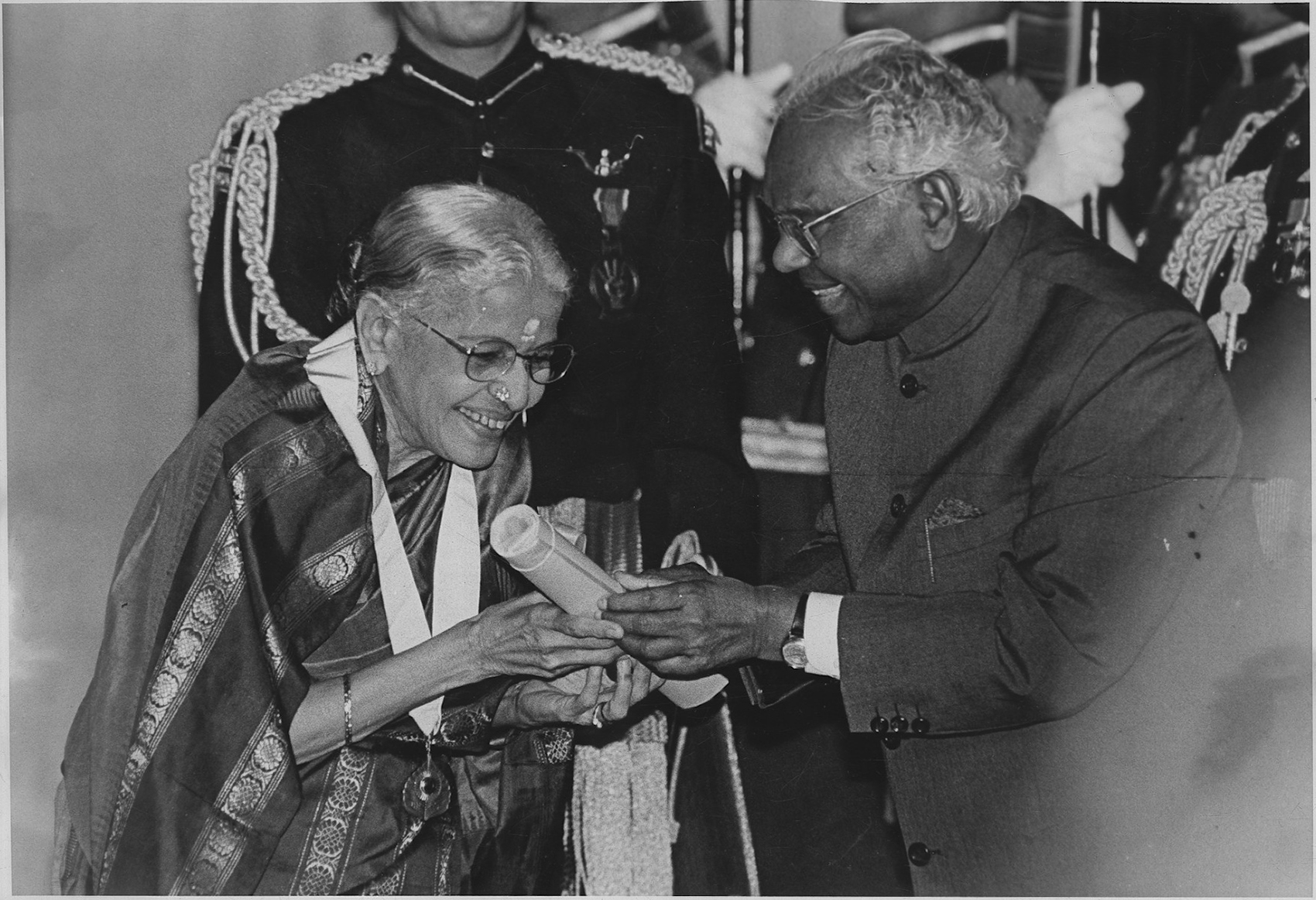
M
usic was her life. She would begin her recitals with her eyes closed, her attention absorbed by the raga, the notes that make up an Indian classical composition. She left her mark on these just as she did on the alapanas, melodic improvisations that introduce and develop a raga. The deep, resonant notes, the distinctive timbre of her voice, and her impeccable “presentation,” all added to her legend.
Madurai Shanmukhavadivu Subbulakshmi was more than a gifted classical singer. She was more than an example of a brilliantly crafted career in classical music. She was a rockstar.
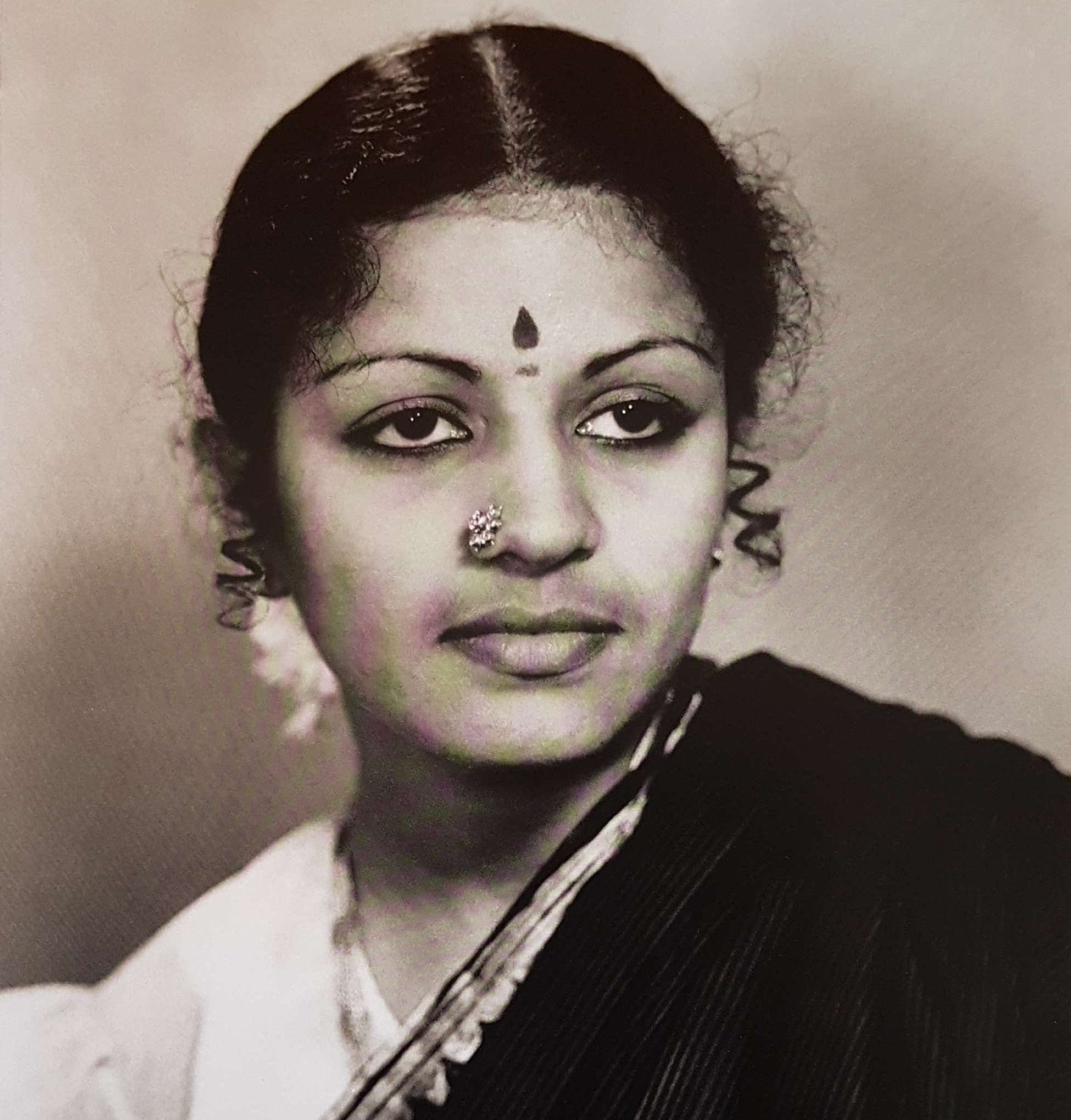 Subbulakshmi was born in Madurai on this day, a 100 years ago. By the end of her nearly 70-year-long career, she had become the face of Carnatic music, taking the ancient, south-Indian tradition well beyond its select audience. An “MS” performance, says cultural critic Sadanand Menon, was an example of “100% pure Carnatic music without any deviation.”
She sang in Europe, North America and at the United Nations General Assembly. Her voice, which was the stuff of countless, often exclusive, classical concerts, also awoke devout Hindu households across the country with perfect renditions of Sanskrit hymns.
Cultivating that voice was hard. Musicians who trained with her told musicians they trained this story: Subbulakshmi would begin her day early, around 6 am, with a fluffy idli or a thin dosa, and a steaming cup of filter coffee. Then she would sing. She’d make sure her pitch was in tune with the long-necked tamboura as she plucked at its strings. Once she was satisfied, she would wander around the house, still singing and return, sometimes hours later, to find that her voice was still attuned to the instrument.
Born into a community of devadasis (women who danced and sang with devotion in temples), Subbulakshmi was surrounded by music, from her violinist grandmother to her veena playing mother, Shanmukhavadivu Ammal. It was from her that Subbulakshmi inherited her famous initials.
Her first public performance was at the age of 11 in Tiruchirappalli, a two-hour drive from Madurai. Within a decade, she had moved to Chennai, then Madras, the heart of the Carnatic world, where she met her future husband, Kalki Sadasivam.
It was Sadasivam, a well-connected, politically active Brahmin, who is often credited with introducing Subbulakshmi to the world. They married in 1940. In 1945, she starred in the Hindi film, Meera, which catapulted her to fame.
“Now,” says Menon, “began a process where MS became… a sort of spiritual ambassador, whether by personal choice or not we’ll never know.”
Subbulakshmi was born in Madurai on this day, a 100 years ago. By the end of her nearly 70-year-long career, she had become the face of Carnatic music, taking the ancient, south-Indian tradition well beyond its select audience. An “MS” performance, says cultural critic Sadanand Menon, was an example of “100% pure Carnatic music without any deviation.”
She sang in Europe, North America and at the United Nations General Assembly. Her voice, which was the stuff of countless, often exclusive, classical concerts, also awoke devout Hindu households across the country with perfect renditions of Sanskrit hymns.
Cultivating that voice was hard. Musicians who trained with her told musicians they trained this story: Subbulakshmi would begin her day early, around 6 am, with a fluffy idli or a thin dosa, and a steaming cup of filter coffee. Then she would sing. She’d make sure her pitch was in tune with the long-necked tamboura as she plucked at its strings. Once she was satisfied, she would wander around the house, still singing and return, sometimes hours later, to find that her voice was still attuned to the instrument.
Born into a community of devadasis (women who danced and sang with devotion in temples), Subbulakshmi was surrounded by music, from her violinist grandmother to her veena playing mother, Shanmukhavadivu Ammal. It was from her that Subbulakshmi inherited her famous initials.
Her first public performance was at the age of 11 in Tiruchirappalli, a two-hour drive from Madurai. Within a decade, she had moved to Chennai, then Madras, the heart of the Carnatic world, where she met her future husband, Kalki Sadasivam.
It was Sadasivam, a well-connected, politically active Brahmin, who is often credited with introducing Subbulakshmi to the world. They married in 1940. In 1945, she starred in the Hindi film, Meera, which catapulted her to fame.
“Now,” says Menon, “began a process where MS became… a sort of spiritual ambassador, whether by personal choice or not we’ll never know.”
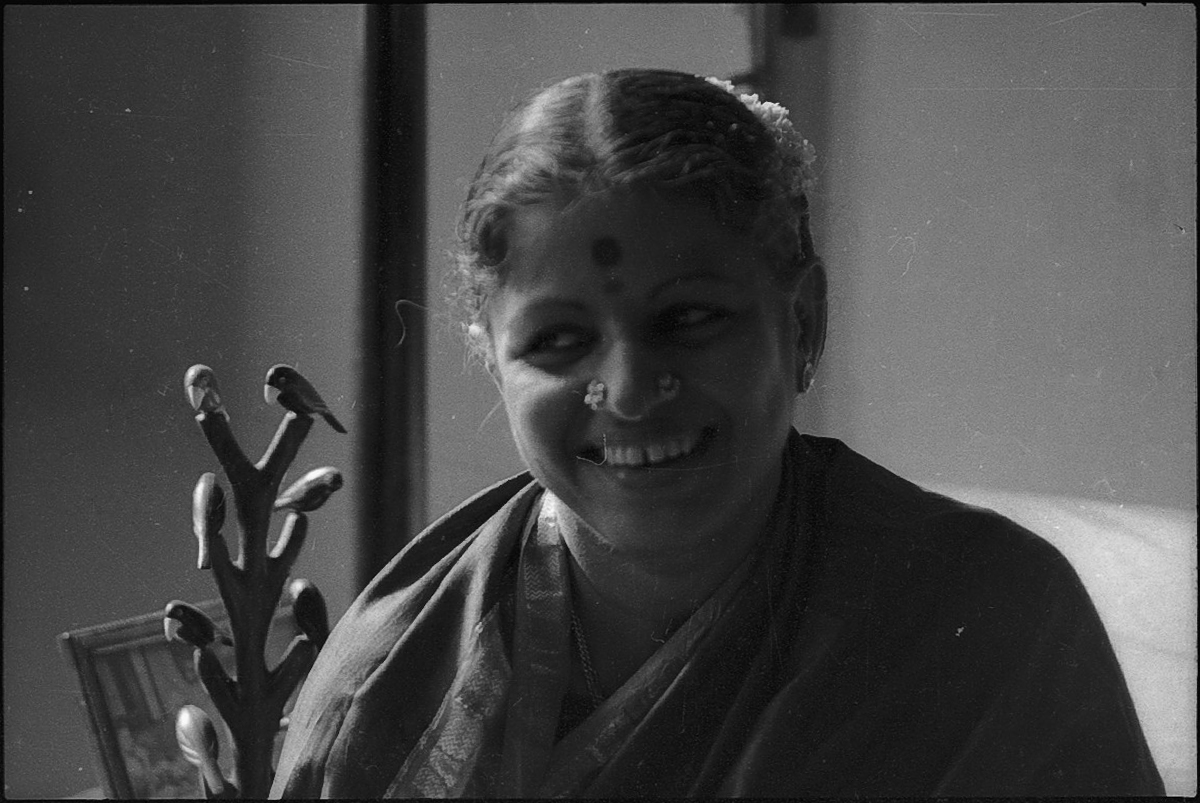 Gone were the plain sarees with crumpled blouses and the nonchalant pose of a young girl. In her place was the good Brahmin wife: covered in starched kanjeevarams, hair oiled and parted, face serene.
Who is the real Subbulakshmi? Is it the extraordinary young woman who entered an unforgiving, insular world of Carnatic music at the age of 20, determined to continue her journey? Is it the maestro who forced a chauvinistic world to accept her as an artist and as a woman? Is it the pious figure who became the defining voice of ancient Hindu hymns?
Gone were the plain sarees with crumpled blouses and the nonchalant pose of a young girl. In her place was the good Brahmin wife: covered in starched kanjeevarams, hair oiled and parted, face serene.
Who is the real Subbulakshmi? Is it the extraordinary young woman who entered an unforgiving, insular world of Carnatic music at the age of 20, determined to continue her journey? Is it the maestro who forced a chauvinistic world to accept her as an artist and as a woman? Is it the pious figure who became the defining voice of ancient Hindu hymns?
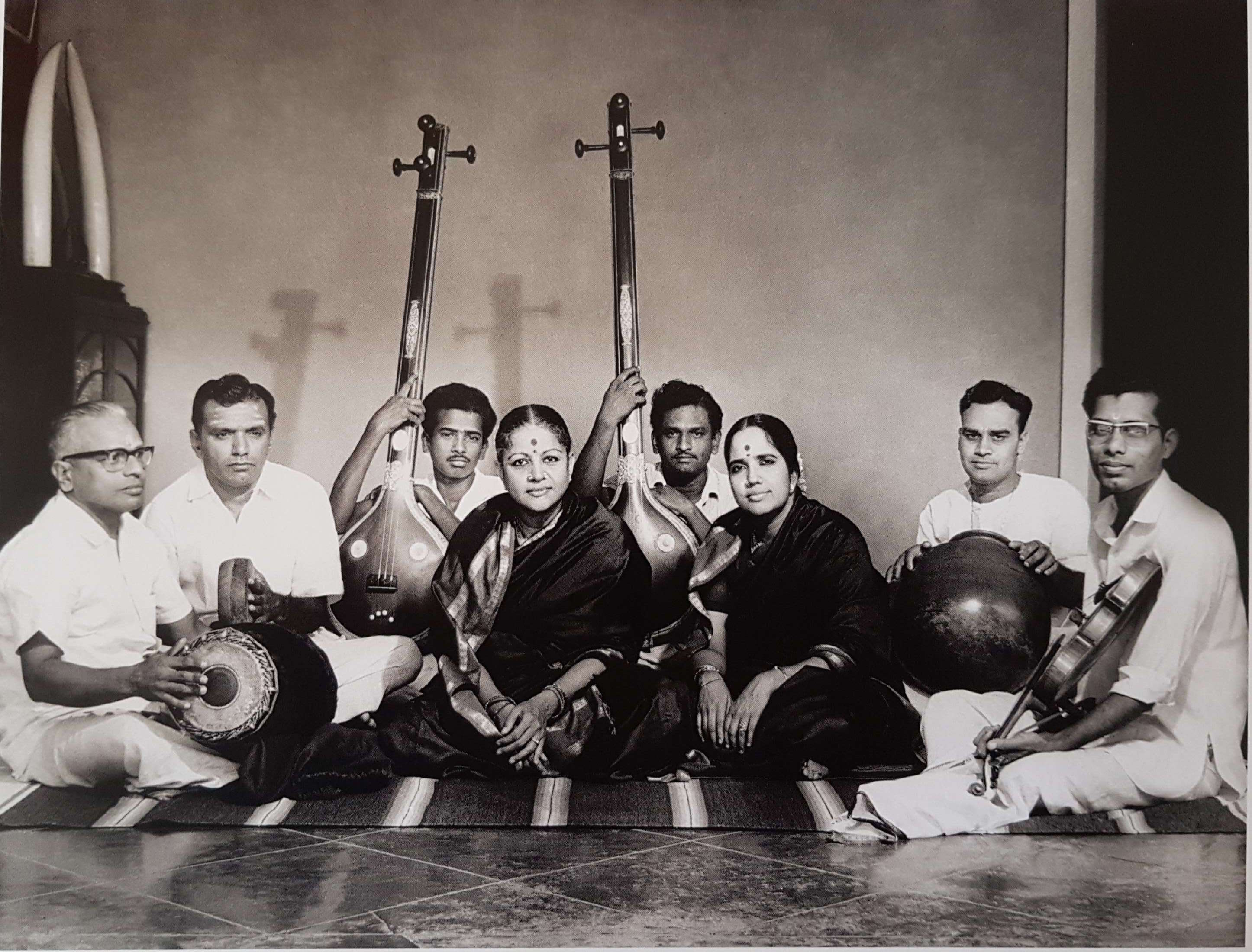 Or is it the decent and complex person who seemed unaffected by the heights her artistic persona reached? When she was living on the same street as DK Pattamal, also a renowned Carnatic singer, Madras Corporation announced they would rename it MS Subbulakshmi Salai (road). But Subbulakshmi declined. If anyone's name should be used, it should be Pattamal’s, she said, because she had lived there longer.
The tragedy of Subbulakshmi, says Carnatic singer TM Krishna, was that “her music was not considered to be much in the traditional view.”
The criticisms varied — from the fastidious (she was too controlled and perfect to be a true, intuitive artist) to the dismissive (she sang bhajans at the expense of intricate compositions that were the essence of Carnatic music).
“You were in awe of her, of course,” says Krishna. “But the truth of the matter is we do not celebrate and appreciate her enough because of our own limitations as observers.”
Critics and peers alike will tell you that few could, or still can, sing like MS — she was always MS to her listeners — with clarity, unwavering strength of voice, and perfect pronunciation. “Look at her voice as an instrument which grew old,” says Krishna.
But it was her touching sincerity that continues to resonate. Rithvik Raja, a young Carnatic musician says Subbulakshmi represented a quality all artists seek: an absolute, honest connection with their art.
“You might as well call that ability ‘MS’,” says Krishna.
“She is like the air when it comes to Carnatic music,” he adds. “You were moved by her music 50 years ago. You will be moved by it today. And you will be moved by it 50 years later.”
Subbulakshmi died on December 11, 2004. She was 88.
Or is it the decent and complex person who seemed unaffected by the heights her artistic persona reached? When she was living on the same street as DK Pattamal, also a renowned Carnatic singer, Madras Corporation announced they would rename it MS Subbulakshmi Salai (road). But Subbulakshmi declined. If anyone's name should be used, it should be Pattamal’s, she said, because she had lived there longer.
The tragedy of Subbulakshmi, says Carnatic singer TM Krishna, was that “her music was not considered to be much in the traditional view.”
The criticisms varied — from the fastidious (she was too controlled and perfect to be a true, intuitive artist) to the dismissive (she sang bhajans at the expense of intricate compositions that were the essence of Carnatic music).
“You were in awe of her, of course,” says Krishna. “But the truth of the matter is we do not celebrate and appreciate her enough because of our own limitations as observers.”
Critics and peers alike will tell you that few could, or still can, sing like MS — she was always MS to her listeners — with clarity, unwavering strength of voice, and perfect pronunciation. “Look at her voice as an instrument which grew old,” says Krishna.
But it was her touching sincerity that continues to resonate. Rithvik Raja, a young Carnatic musician says Subbulakshmi represented a quality all artists seek: an absolute, honest connection with their art.
“You might as well call that ability ‘MS’,” says Krishna.
“She is like the air when it comes to Carnatic music,” he adds. “You were moved by her music 50 years ago. You will be moved by it today. And you will be moved by it 50 years later.”
Subbulakshmi died on December 11, 2004. She was 88.
Our Gallery


